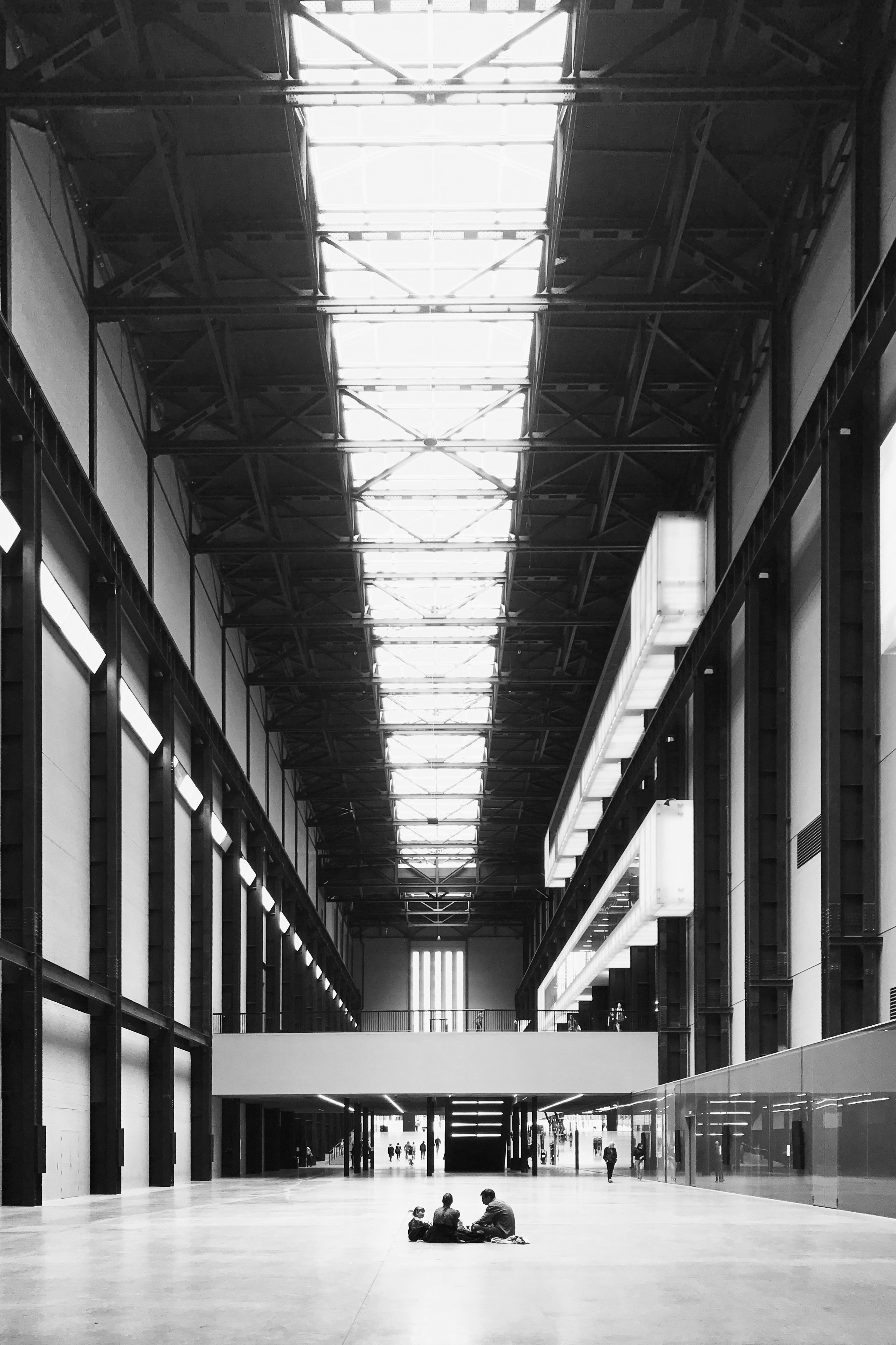An architectural alliance
The role of the museum between culture and the city
DOI:
https://doi.org/10.18861/ania.2021.11.1.3071Keywords:
Culture, city, society, museum, vestibuleAbstract
This article explores the relevance of museum architecture as a scenario for the encounter between culture and the city. Since the museum institution is the main institution in charge of acquiring, preserving, studying and exhibiting objects of cultural value and, understanding the city as an urban ensemble comprising several buildings, complex road systems and a relevant group of individuals, the museum is conceived as an essential space and a transcendent link in the meeting of both concepts. As an essential and articulating piece between the museum and the urban fabric, the vestibule conditions the relationship of the museum with both the city and society. From its form, implantation, scale and incubation of spaces of transit or permanence, architecture stipulates, conditions, improves or rejects certain exchanges. While these are morphological, spatial, volumetric and temporal decisions, they are also urban, political and social. In this context, it is interesting to emphasize that, in the end, architecture is the means through which the architect gives his opinion and decides, for better or worse, how this relationship will be.
Downloads
References
AYUNTAMIENTO DE BARCELONA. (1952). Museo creado y donado a la ciudad por Federico Marés. Barcelona: Publicaciones Ayuntamiento.
BATAILLE, G. (2003). Museo en La conjuración sagrada: ensayos 1929-1939 (pp. 69-70). Buenos Aires: Adriana Hidalgo. (Edición original: BATAILLE, G. (1930). Musée en Dictionnaire Critique, París: Documents).
CAMPO BAEZA, A. (2017). Proyectar es investigar: mil razones para entender que proyectar en arquitectura es investigar. Palimpsesto Nº 17, (pp. 16-17).
COL·LECTIU PUNT 6. (2019). Urbanismo feminista. Por una transformación radical de los espacios de vida. Barcelona: Virus.
DROTNER, K. KRISTIANSEN, E. LAURSEN, D. (2016). The museum foyer as a transformative space of communication. Nordisk Museologi Nº 1, (pp. 69-88).
GARCÉS, M. (2010). Abrir los posibles. Los desafíos de una política cultural hoy. Espai en blanc. Consulta [31.05.2020] Disponible en: http://www.espaienblanc.net/marina/wordpress/wp-content/ uploads/2010/08/ABRIR-LOS-POSIBLES_MarinaGarces.pdf
GARCÉS, M. (2013). Un mundo común. Barcelona: Bellaterra.
HOLL, S. (2014). Cuestiones de percepción: fenomenología en la arquitectura. Barcelona: Gustavo Gili.
JACOBS, J. (2013). Muerte y vida de las grandes ciudades. Madrid: Capitán Swing Libros. (Edición original: JACOBS, J. (1961). The Death and Life of Great American Cities. Nueva York: Random House, Inc.).
JIMENEZ-BLANCO, M. (2014). Una historia del museo en nueve conceptos. Madrid: Cátedra.
PALLASMAA, J. (2016). Habitar. Barcelona: Gustavo Gili.
SOLÀ-MORALES, M. (1992). Espacios públicos y espacios colectivos. La Vanguardia, 12 de mayo de 1992.
Estadística y difusión de datos, Ayuntamiento de Barcelona. Consulta [10.02.2020]. Disponible en: https://www.bcn.cat/estadistica/castella/dades/anuari/cap06/index.htm
Estudio Herreros. Áreas públicas del museo MALBA. Consulta [27.03.2020]. Disponible en: http://estudioherreros.com/project/extension-museo-malba/

Published
Versions
- 2021-05-06 (3)
- 2021-04-19 (2)
- 2021-04-13 (1)
How to Cite
Issue
Section
License
Copyright (c) 2020 Florencia Köncke

This work is licensed under a Creative Commons Attribution 4.0 International License.
The journal and its contents are licensed under the Creative Commons - Attribution 4.0 International License (CC BY 4.0). It is possible to copy, communicate and publicly distribute its content as long as the individual authors and the name of this publication are cited, as well as the publishing institution (Universidad ORT Uruguay).

